▻ Baron Éric de Rothschild
In conversation with Baron Éric de Rothschild
Episode Summary:-
Sarah Kemp talks to Baron Éric de Rothschild, proprietor of Château Lafite, in our series “Great Wine Lives.” Born in New York in 1940, he recounts his earliest memories of his father taking him to visit Château Lafite when he was a young boy, and how, when he was given the wine to drink, he didn’t like it. “It wasn’t an instant entry into the wine world!” he says. His family lived in a mansion in Paris, which they shared with the family of his Uncle Elie, who was running Lafite. At that time, there was little interest in the estate by the family, and his uncle didn’t visit very often. He suggested to Éric, “Why don’t you go down to Lafite from time to time with your friends and give it a bit of life? It didn’t fall on deaf ears,” he laughs.
Baron Éric started going down three to four times a year as a young man, with friends, and found his English friends particularly fond of, and knowledgeable about, the wine. It was then he started enjoying and understanding the wines. Then, in 1974, he took over the running of the château from his uncle; there was no competition to take over from relatives, he says, none of them were interested in running the property, which was not making much money. Baron Éric tells how lucky he was in having a genius maitre de chai in Georges Revelle, who made some of the château’s most legendary vintages, including the 1959.
His arrival coincided with one of the worst crises Bordeaux has suffered. He asked the Hungarian manager, “Is it normal that we haven’t sold a bottle of wine for the last two years?” To get some excitement and confidence back in the fine wine market, he organised an auction with his cousin, Baron Philippe de Rothschild of Château Mouton Rothschild, of older vintages of both estates at Christie’s. The auction was a total success and gave confidence to buyers of Lafite, and the sparks the auction provided restarted the market. Back in the late ‘70s there was not the same interest in fine wine as there is today, he says. “Lafite hardly made any money, they just liked having their own wine.” He explains: “There wasn’t this passion for wine, there were a few connoisseurs, notably in England. They liked wine because it was good, it wasn’t a status symbol.” He applauds his uncle for resisting pressure from other family members to sell the estate. “He did a very good job of not selling the property because a few of the cousins said, ‘Why are we in the wine business, it’s ridiculous, we are bankers’.”
There were other pressures as well. His uncle was very distant from the property, and it was run by a Hungarian whose obsession was to make as much money as possible – he bottled 90% of the estate wine as Lafite. “Lafite in the ‘70s got quite a bad reputation, it was seen amongst the premier crus at the tail end of it. . . There wasn’t this passion for quality and the race to be the best possible, and there wasn’t [numerical] scoring at that time.” Baron Éric confesses that an article noting Lafite had come last in the tastings, entitled “Adieu Lafite,” actually made him blush. But change was on the way, with individuals like the legendary Emile Peynaud, who consulted for Lafite, amongst others, and was intent on pursuing high quality. A new professional age was dawning. Baron Éric admits that “We were very lucky in the ‘40s and ‘50s to have as our maitre de chai Georges Revelle, who was an absolute genius winemaker, but he was totally seat of the pants.”
“Today, the professionalism of the people in Bordeaux, in the First Growths, all the Cru Classés, they all have oenologues, they all have second wines.” He outlines the change: “The assemblage, before I took over, was ‘What percentage do we want to make of it,’ and when Penyaud would come here in one morning he would do the assemblage of Lafite, Carruades and Duhart Milon, the three, in one morning…. Now the assemblage takes actually two months …and each little part of the property is picked and vinified separately.” Lafite were very early in analysing their soils, and Baron Éric remarks how extraordinary it is that previous generations of vignerons had divided the land into pieces with boundaries that matched the soil analysis even though they didn’t have any scientific knowledge of the soil.
““I have a theory on Bordeaux, but especially on Lafite, it’s a wine when you drink several glasses of it, it puts you in a mood where you listen to people.””
The attitude to wine both from the consumer and the wine producer has changed dramatically over the past 40 to 50 years. For one example, Baron Éric mentions the power of branding: “It is a certain need of recognition of a whole part of the population, who can now indulge in the more expensive and want recognition. . . Putting a bottle of Lafite on the table 50 years ago, people were very happy because it was very good, it was delicious, they had a good wine, but now putting a bottle on means you have arrived.”
While running Château Lafite and continuing as a banker in Paris, Baron Éric decided to expand the wine portfolio, and in 1984 he purchased Château Rieussec, a Premier Cru Classé Sauternes. He tells Sarah how he loves Sauternes and reveals the story behind the purchase. “The sad thing is, now people have forgotten it, it’s complicated.” His daughter Saskia is trying to change the way it is being drunk and have it as an aperitif, which is absolutely delicious, he says: “We want to try and sneak in next to Champagne.” Next on the acquisition trail was Los Vascos in Chile. He recounts that the price of some of Bordeaux’s Cru Classés seemed too high to him to give a decent return, so he thought of wines from Chile – when he was running a transport company as a young trainee, one of his jobs was to inspect the cargoes with the courtier and check that the wine was correct. He was impressed with the quality of Chilean wine and decided to search there for a good vineyard. Gilbert Rokvam, who was technical director of Lafite, spent two months exploring the vineyards of Chile and eventually reported back, “one property to buy is Los Vascos, we should be able to make some very good white wine.” Baron Éric laughs as he explains that they have since become well-known for red.
Baron Éric talks about how his daughter Saskia has changed things, and how he admires how she has professionalised the team, bringing in a very good viticulturist and a new marketing team: “The whole atmosphere and the relations I had with staff was warm, but not very intimate. Saskia knows the people and works more closely than I ever did. . . She’s done the revolution of the way you run companies on a human side, she’s done it beautifully.”
Another great purchase was Château L’Evangile, “one of the really intelligent things I have done in my life.” His love of Pomerol came about when he discovered that a vin de table at a favourite brasserie, La Coupole, was a Pomerol. The owner of the brasserie used to buy up the entire vintage from a Pomerol estate. Baron Éric found it was excellent with grouse, so he bought magnums of Petrus at auction (at the time, for the same price as a Grands Cru Classé), and shipped them to Scotland, to build up a cellar with the friend he used to shoot with. When L’Evangile came up for sale, he couldn’t resist it. One property he nearly bought was Château Beychevelle, but it fell through at the last moment.
Sarah then moves on: What was the rationale for investing in a vineyard in China? Baron Éric explains that when they decided to invest 10 years ago, China was opening up, and it was one way to show that we respected China and wanted to be part of it. All the figures they did around it showed it should be a good business. He discusses the original partnership with CITIC and how “it’s been a long and hard learning curve, but now we are managing it quite well and the wine is good. It’s a good Cru Bourgeois, when you compare it to the other wines of China, it’s on a par with the best.”
“In a way, I regret having sold our American operation, Chalone”” he says. Diageo made an offer that made him a hero to his shareholders. He explains the different approaches:“We are winemakers, we are vine owners, we’re not marketers.” What new regions might they consider? “We are looking at one or two areas, a good business operation. Saskia is in charge of that.” Baron Éric would like to look in Spain, especially Rioja. He was very impressed with how well they aged – one old Rioja, he declared, had held up as well as some Lafites. He thinks buying in Burgundy is too complicated, but reveals that “I really enjoy if I have a tycoon friend who takes me out to dinner, I say let’s try a good Burgundy, and let him chose it.”
Did he think that his daughter would take over? Years ago, he says, “She was the one who said I’d like to come to the assemblage. She’d see us coming back from the assemblage and know if the vintage has been good or not because, ‘If I see all your black teeth, it’s that you are smiling. When I don’t see your black teeth, I know you are not happy’. At 16 she had a good palate and an interest.”
While Château Lafite is one of the world’s most famous wines, it is also home to Baron Éric. The estate is surrounded by marshes where wildlife flourishes. “It added a lot of pleasure to being here, it wasn’t just wine, it was also nature.” The château has also hosted some of the world’s great names, from royalty to film stars. Baron Éric tells of a memorable occasion when Greta Garbo ended up dining at Lafite with the board of the Worker’s Cooperative of Sunderland. They got on famously. “I have a theory on Bordeaux, but especially on Lafite, it’s a wine [that] when you drink several glasses of it, it puts you into a mood when you listen to people. . . The joy of Lafite is you can have a whole table and it’s always incredibly agreeable, and homely and intellectually raising – as they say in America, it has good vibes.”
Running Order:-
-
0.00 – 16.50
“In the family they knew we owned Lafite, they’d never been down, I was the only one because I had a lot of English friends, much more interested in wine than French friends.”
– Childhood memories of Château Lafite.
– The Rothschild family reaction to Château Lafite before the ‘80s.
– How Baron Éric came to take over from his Uncle Elie.
– The auction with Château Mouton Rothschild which revitalised the market.
– The reputation of Château Lafite in the 1970s. -
16.51 – 32.00
“Putting a bottle of Lafite on the table 50 years ago, people were very happy to drink because it was good, it was delicious, but now putting a bottle on means you have arrived.”
– The beginning of professionalism in the vineyards of Bordeaux.
– The effect of Emile Peynaud.
– How the assemblage for Lafite, Carruades and Duhart Milon used to take one morning, now two months.
– Early analysis of the soil at Lafite.
– How wines have become brands. -
32.01 – 48.14
“Buying L’Evangile was one of the more intelligent things I have done in my life.”
– Buying Château Rieussec.
– How Saskia de Rothschild is changing the way Sauternes is being drunk.
– How Baron Éric came to buy Los Vascos in Chile.
– Pride in Saskia taking over and her management style.
– Buying L’Evangile. -
48.15 – 1.04
“A really good Bordeaux mellows people.”
– The decision to go to China and start a new venture.
– His thoughts on selling their shares in California’s Chalone.
– The regions he believes are interesting to invest in and those which aren’t.
– Saskia de Rothschild’s early interest in wine.
– When Greta Garbo had lunch with the workers’ cooperative at Lafite.
– The joy of Lafite.
RELATED POSTS
Keep up with our adventures in wine
Further information;-
Château Lafite Rothschild
Book Review – Château Lafite: The Almanac
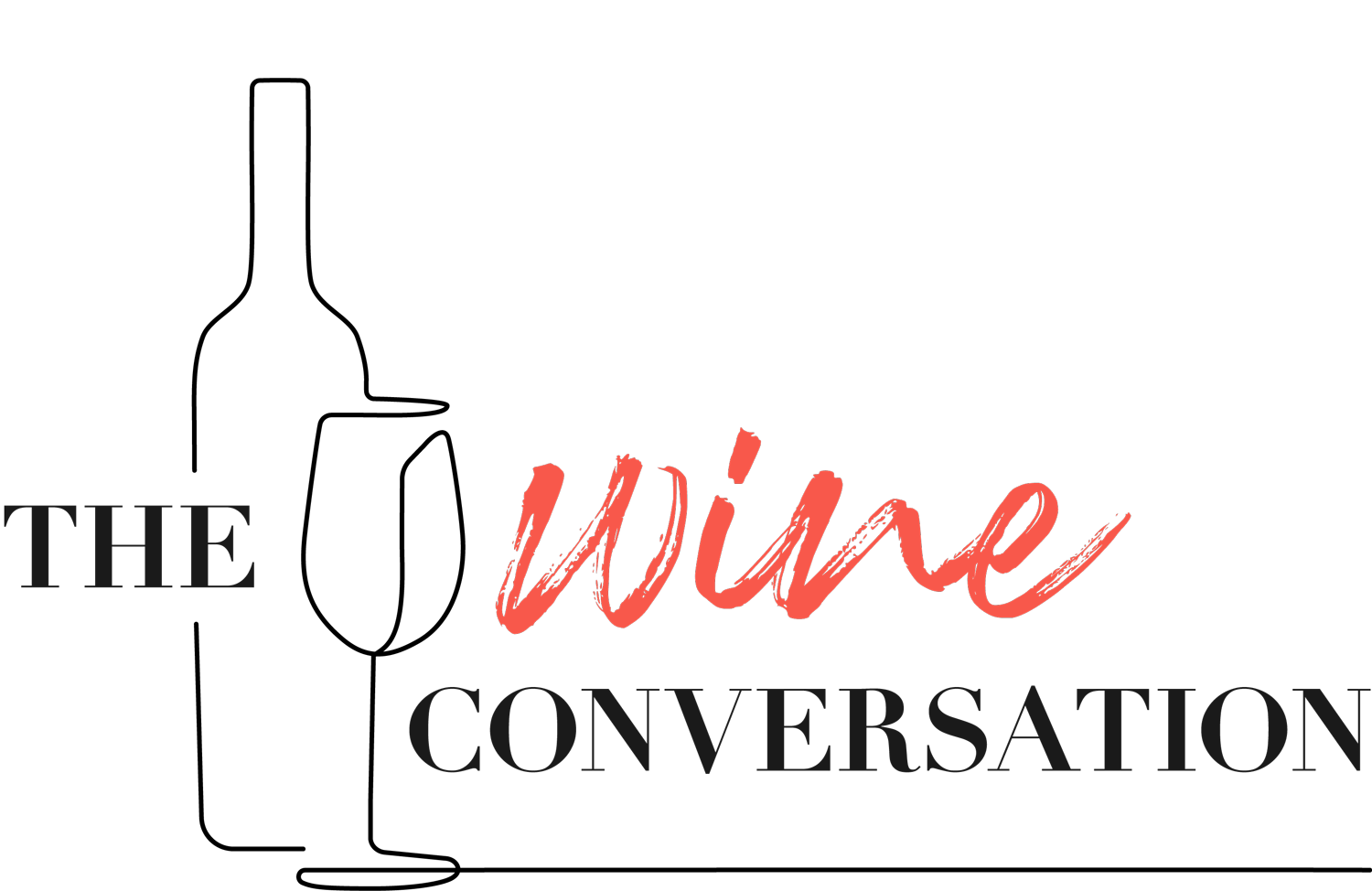





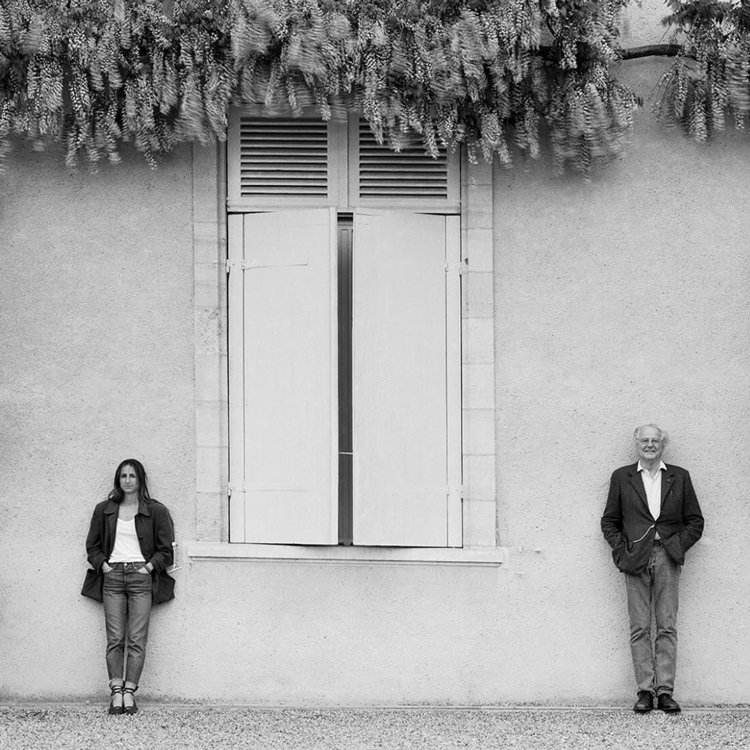
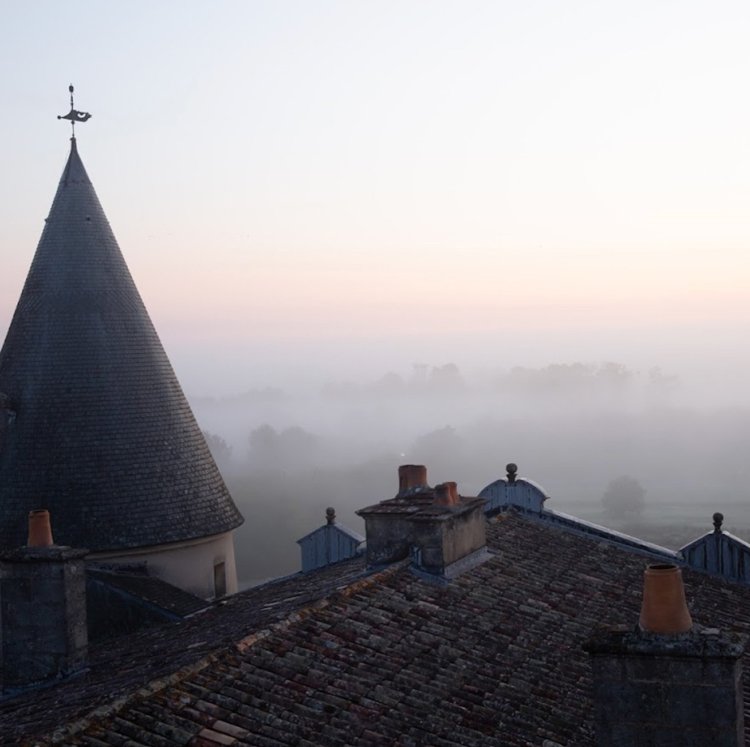
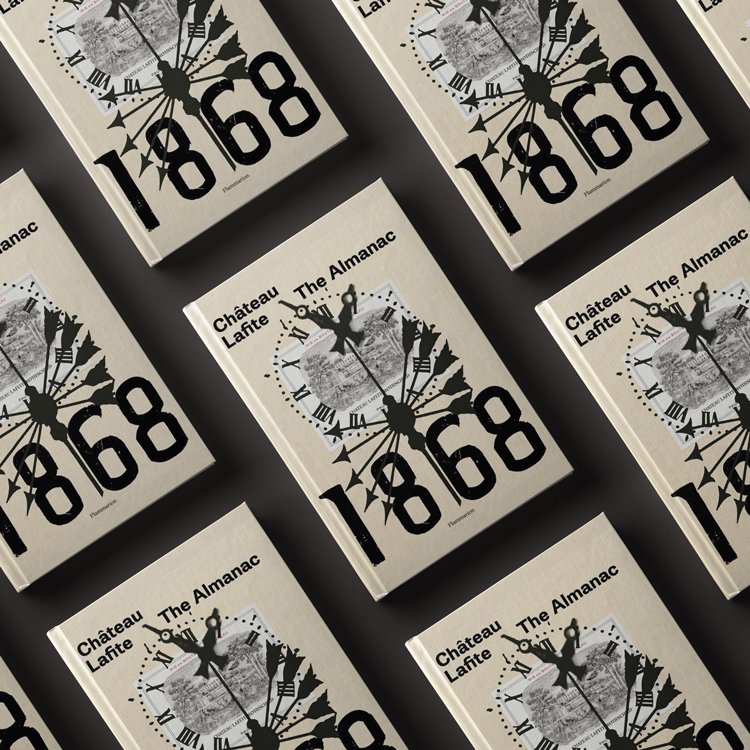
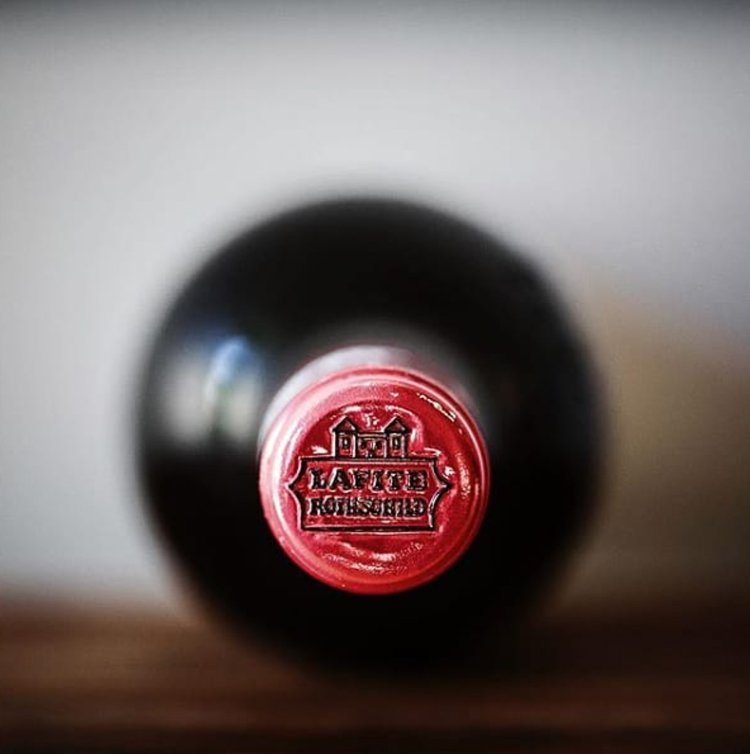
Hannes Myburg talks to John Stimfig about running the iconic South African Meerlust estate, which is celebrating its 50th vintage.